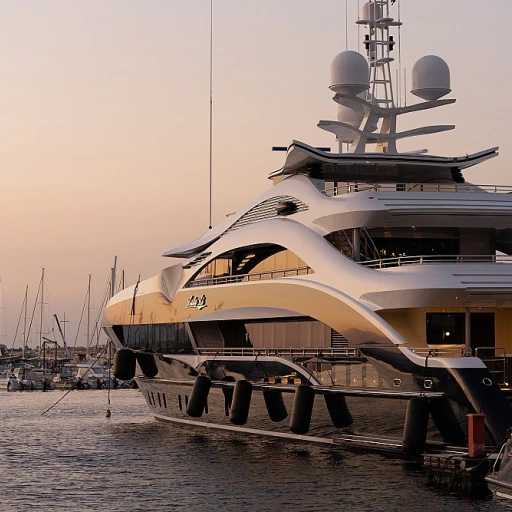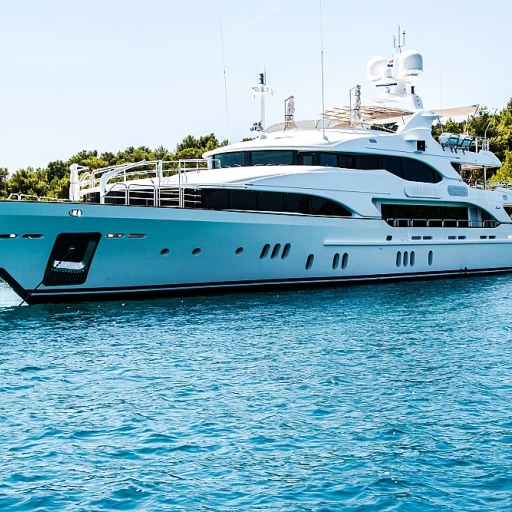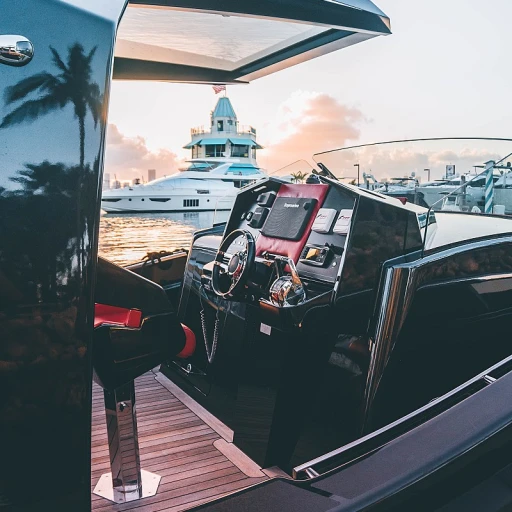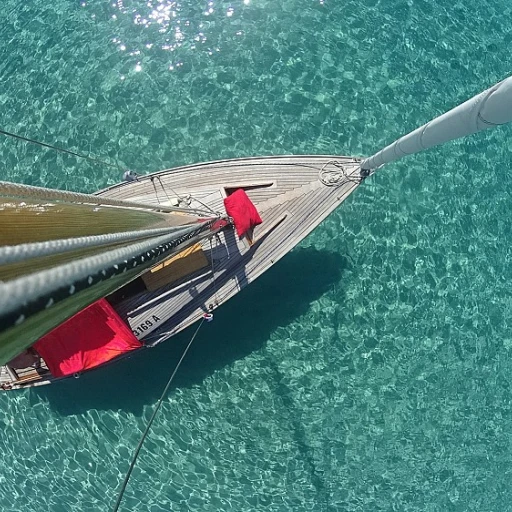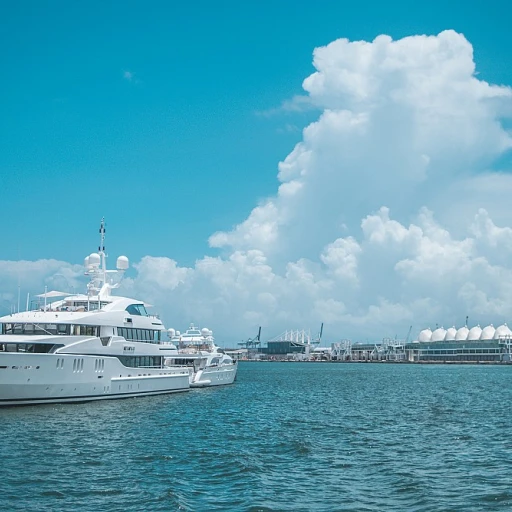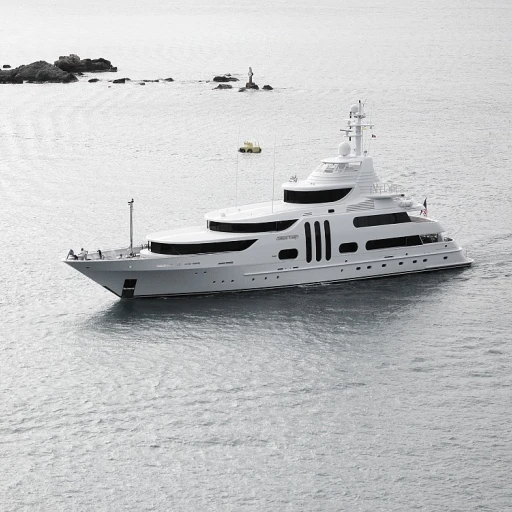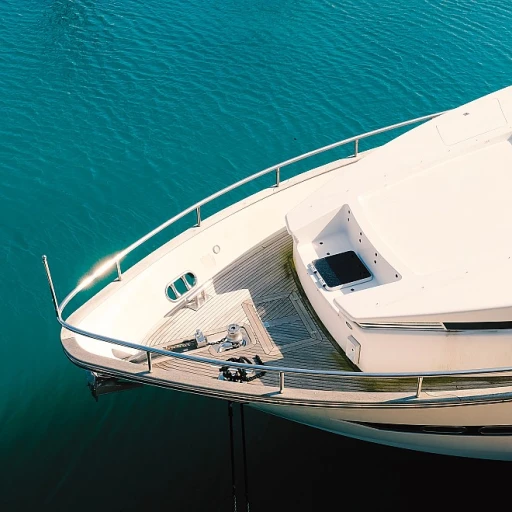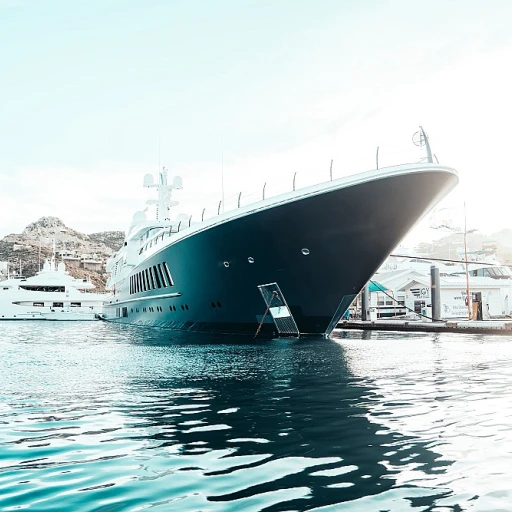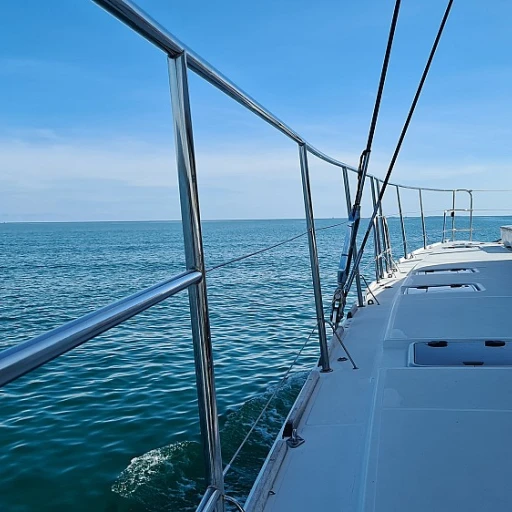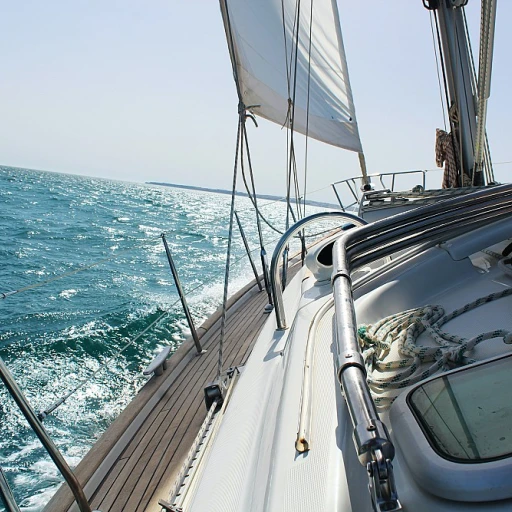
Understanding Marine Battery Chargers
Demystifying the Heart of Your Yacht's Electrical System
Your yacht's electrical performance hinges significantly on understanding marine battery chargers. These chargers are critical components designed to efficiently charge and maintain the power bank onboard, ensuring your batteries are ready for action whenever needed. The primary role of a marine battery charger is to convert AC current from shore power into DC current, which charges your yacht's batteries. The goal is to achieve a full charge without compromising battery health.
Batteries, whether lead-acid, flooded lead, or lithium, each have unique charging profiles. A reliable charger will employ features like temperature compensation, preventing overcharging, and maintaining a full charge efficiently. Newly developed battery chargers come with advanced features, such as multi-phase charging cycles and LED displays that indicate charge status and alerts, ensuring batteries remain in peak condition.
A standard onboard battery charging system typically includes a charger, batteries, and amp-monitoring to track charge hours. Deep cycle batteries, common in yachting, require specific attention during the charging process to maximize performance and lifespan. Modern chargers mitigate risks of overcharging by automatically adjusting to the battery’s state, ensuring safety and longevity.
It's imperative to note that an optimal setup extends beyond just the chargers and batteries. Ensuring the boats have comprehensive systems in place is crucial. Understanding how these components interact can significantly improve the time it takes to reach a fully charged state and enhances the overall efficiency of the power bank. For detailed insights into ensuring mastery over marine components like anchors, consider exploring best practices in utilizing a sand anchor for yachts.
Types of Marine Battery Chargers
Exploring Battery Charger Variations
Understanding the different types of marine battery chargers available can significantly impact your yacht's power management and battery performance. Each type offers unique benefits suited to specific needs, making it essential to choose the right one for optimal efficiency.
Flooded Lead Acid Battery Chargers
These chargers are designed for traditional flooded lead acid batteries. They typically feature temperature compensation to adjust charging based on temperature shifts, preventing overcharging and enhancing battery life. Many models include an LED display to show real-time charging status and battery condition, ensuring your bank is fully charged while avoiding unnecessary charge times.
Lithium Battery Chargers
Lithium chargers are tailored for the high-performance needs of lithium batteries, offering rapid charge capabilities and high efficiency. These chargers often feature advanced technology to balance individual cells within the battery bank, ensuring a full charge without stress on the system. They also prevent overcharging, safeguarding the battery's health over time.
Bank Chargers for Deep Cycle Batteries
Designed for deep cycle use, bank chargers are ideal for yachts with multiple batteries in use. These chargers can manage larger capacities and ensure uniform charging across a bank onboard, thus optimizing the power distribution and reducing charging time.
Waterproof Onboard Chargers
If your yacht is prone to exposure to water, consider waterproof onboard chargers. These units are housed in protective casings to withstand marine environments, extending durability and reliability. They often feature integrated LED indicators to simplify monitoring even when conditions prevent closer inspection.
When selecting the appropriate charger for your needs, considering your usage type and battery chemistry is essential. The optimal choice will enhance your boat's performance, prolong battery life, and ensure that you're never short on power when it matters most. Learn more about effective motor utilization with exploring outboard motor capabilities.
Choosing the Right Charger for Your Yacht
Selecting a Charger That Fits Your Yacht's Needs
Choosing the right marine battery charger is crucial for maintaining your yacht's performance and ensuring your power needs are met. Understanding your yacht's requirements and the type of batteries onboard can guide your decision effectively.
- Battery Type Compatibility: Consider whether your boat uses lead acid, flooded lead acid, or the more modern lithium batteries. Each type of battery requires a specific charging regime to reach a full charge and maintain its lifespan.
- Charger Output: The amperage output and the charging time are key factors. A charger that can provide sufficient amps for the batteries will reduce charge hours. Aim to choose a charger that can fully charge your bank of batteries within an optimal timeframe.
- Charge Banks: For yachts with multiple batteries, consider a bank charger. This prevents overcharging and ensures all batteries reach a full charge, enhancing overall performance.
- Waterproof and Safety Features: As water exposure is a risk in marine environments, selecting a waterproof onboard battery charger with safety features like temperature compensation and LED display will provide peace of mind and prevent issues such as overheating.
Ensuring that the charger you choose can handle the specific marine and environmental conditions your yacht will encounter is vital. A high-quality charger will ensure your batteries remain fully charged and ready to power your adventures, creating more time for you to enjoy the open waters. For further enhancing your yacht experience, exploring other accessories might be beneficial. Check out enhancing your yacht experience with such additions for more insights.
Installation Tips for Marine Battery Chargers
Optimizing Installation for Maximum Efficiency
When installing a marine battery charger aboard your yacht, ensuring proper setup can significantly enhance performance and extend the lifespan of your batteries. Following best practices during installation will help you maximize charging efficiency.- Select The Ideal Location: Choose a spot that's both convenient for access and shielded from the elements. Many prefer a location in a waterproof onboard area to help prevent external damages.
- Ensure Adequate Ventilation: Proper air circulation is crucial, especially when using lead acid batteries to dissipate heat and prevent overheating.
- Observe Wiring Protocols: Use the recommended gauge wire for connecting your charger to the marine battery bank. This minimizes losses and ensures full charging power reaches your batteries.
- Incorporate Temperature Compensation: Some chargers come with built-in features that adjust charging rates based on temperature. This prevents overcharging, particularly in warm conditions.
- Utilize The LED Display: Many modern chargers feature LED displays, which are invaluable for monitoring charge levels and overall system status. Keep an eye on this display to ensure your batteries are receiving the correct charge.
- Multiple Bank Capabilities: If your yacht utilizes multiple battery banks, a multi-bank charger is ideal. This setup provides the flexibility to charge each bank independently, ensuring a full charge for all batteries.
Maintenance and Troubleshooting
Essential Tips for Maintaining Your Marine Battery Chargers
To ensure your marine battery chargers provide optimal performance and longevity, regular maintenance and troubleshooting are paramount. Here are some crucial steps to keep your chargers in top condition:
- Inspect Connections Regularly: Check for any signs of corrosion or loose connections at the terminals. Corroded battery terminals can impede the current flow and reduce the charger’s efficiency.
- Monitor Charging Time: Be aware of the time it takes for your batteries to reach a full charge. Over time, a significantly increased charging time could indicate an issue with the charger or the battery bank itself.
- Check LED Display Indicators: Utilize the LED display on your charger to verify the current charging status. This helps in identifying if the batteries are fully charged or if there’s any problem with the charging process.
- Ensure Optimal Battery Performance: Regularly check the health of your batteries, whether they are lithium, lead-acid, or deep cycle. This includes checking for leaks, bulging, or any signs of damage.
- Utilize Temperature Compensation: Some advanced marine battery chargers come with temperature compensation features. This prevents overcharging by adjusting the voltage to the battery's temperature, which extends the life of the battery.
- Prevent Overcharging: Always ensure your charger has a feature that prevents overcharging, as continuous full charge exposure can degrade battery life, particularly in flooded lead-acid models.
- Rinse with Freshwater: If your charger is a waterproof onboard model, rinsing with freshwater can prevent any salt accumulation that might otherwise hinder charger performance.
By consistently following these maintenance practices, you can ensure a long lifespan for your marine battery chargers and avoid unexpected breakdowns. Neglecting maintenance, on the other hand, can compromise the efficiency of your boat's power system.
Future Trends in Marine Battery Technology
Emerging Innovations in Marine Battery Technology
The world of marine battery technology is evolving rapidly, with innovations that promise to enhance the performance and efficiency of your yacht's power systems. As you explore the options for optimizing your yacht's power, it's essential to stay informed about these future trends.
Lithium Batteries: The Future of Marine Power
Lithium batteries are increasingly becoming the go-to choice for marine applications. Unlike traditional lead acid batteries, lithium options offer a higher energy density, which means more power in a smaller package. This translates to longer charge hours and reduced weight onboard. Additionally, lithium batteries have a longer lifespan, providing more charge cycles compared to their lead acid counterparts.
Smart Chargers and Battery Management Systems
Smart chargers are revolutionizing how we charge batteries on yachts. These chargers come equipped with advanced features like temperature compensation and LED displays that provide real-time information about the charging process. They prevent overcharging and ensure that your battery bank is always at full charge, optimizing performance and extending battery life.
Integration with Renewable Energy Sources
As sustainability becomes a priority, integrating renewable energy sources like solar panels with your onboard battery bank is gaining traction. This not only reduces reliance on traditional power sources but also ensures that your batteries are charged efficiently, even when you're away from shore power.
Waterproof and Durable Designs
Marine environments are harsh, and the demand for waterproof onboard chargers is on the rise. These chargers are designed to withstand the elements, ensuring reliable performance even in challenging conditions. This durability is crucial for maintaining a fully charged battery bank, especially during long voyages.
By staying updated on these trends, you can make informed decisions about your yacht's power systems, ensuring optimal performance and longevity. As technology continues to advance, the possibilities for enhancing your marine battery setup are endless.


